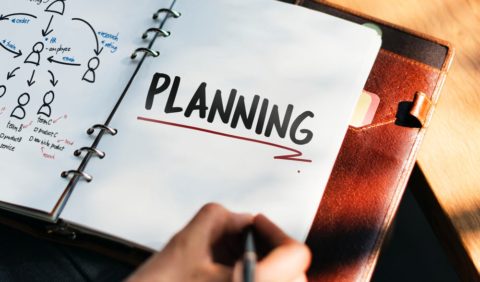Group learning stories

In the early childhood setting we have all heard about learning stories.
There are tow types of learning stories. There are group learning stories and individual learning stories.
What is the difference?
Group learning stories follow the same guidelines and it is formatted the same as a learning story for an individual child.
With a group learning story you are focusing on the group within the experience and writing about the group as a whole.
The documentation entirely surrounds the entire group rather than focusing on an individual child as per an individual child learning story.
Steps with an group learning story
The story:
This remains the same as with doing an individual learning story. You are telling the story in detail about what occurred within the group setting as a whole.
The interpretation:
The only real point of difference is in the interpretation where instead of the one child you are naming all the children within the group experience.
Remember when choosing an outcome (and sub outcome) it is applicable for the group as a whole.
The extension (follow on):
The extensions apply to the group as a whole so be mindful when thinking about what follow on to further extend on their learning, understanding, experiences and interests you choose.
Linking to the EYLF:
Above in your interpretation you have identified the learning outcomes you wish to focus on so really so what you do now is take those outcomes and any additional that may be applicable and link it to the EYLF.
Can a group learning story be added to a child portfolio?
In short NO!
It is commonly thought that if the child is included in the group learning story that learning story can be directly added to their portfolio.
Unfortunately, this is a common misconception. The original learning story is specifically for the group as a whole and their experience.
The experience within that group will be different for each child and so each child should have their own individual learning story recorded and placed into the portfolio based on the group learning story.
The best way to time efficiently, and without losing the learning and experience to the individual child, is to ensure you take photos of the children participating as a group and more specific ones for the individual children so that then the group learning story can be edited to be able to be used for each individual child.
In essence this can be a great time saving method of completing individual learning stories on the back of a group learning story.
In editing the group learning story to make it applicable as an individual learning story you can then add in comments specific to the child and change the interpretation to be for that child and the outcomes to be a specific focus for the individual in the amended learning story.
Is there a place for group learning stories?
Absolutely!
Group learning stories are ideal opportunities to capture a moment in time within a room and provide a perfect avenue for spontaneous experience or children’s interest that happens.
Additionally, another ideal opportunity to use a group learning story is if there are any special events within the service then a group learning story would be a great way to document and share the experience.
What to do with group learning stories
You might think that if you have to edit a group learning story that it is taking valuable time. This is not the case.
There is certainly a place for a group learning story and in actual fact they can be a great time saving option.
There is the question of what to do with them once you have completed them.
We recommend establishing a display system, in a folder or something similar to your individual child portfolios, that the parents can access to view the group learning stories as it is a great opportunity to gain an understanding of the room dynamics and their child’s place within the group setting.
How many group learning stories should be done?
There is no requirement and no limit.
It really is guided on what works best for you in the time frame and constraints of the week. In an ideal world it is recommended that perhaps one would do one or two per week depending on what experiences are taking place.
Since a learning story is written in detail it is not really something that needs to be done more than that amount.






